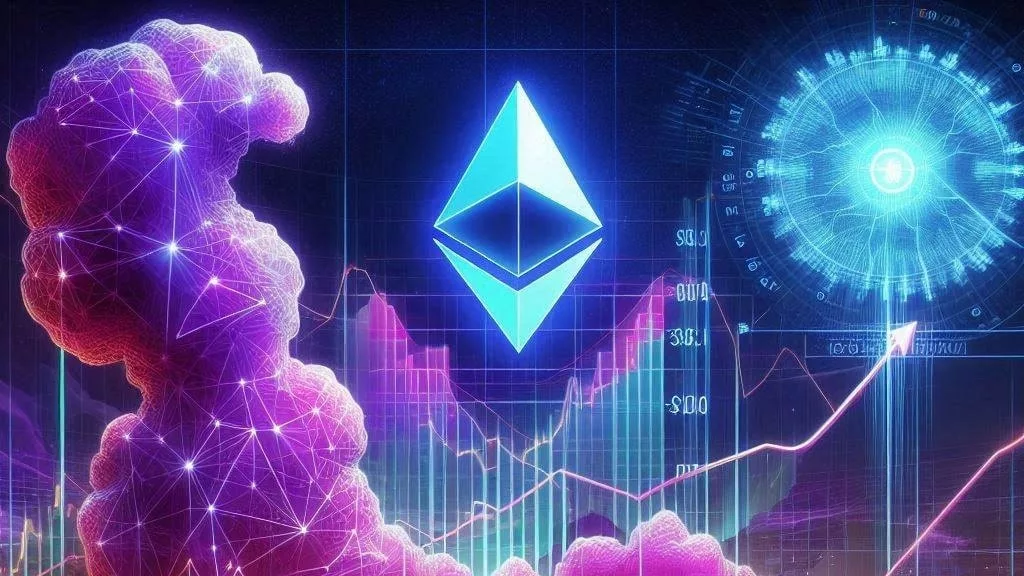
Polygon, a blockchain platform known for its low-cost and fast transactions, has officially taken the lead in weekly NFT sales for the first time in 2025. This marks a major shift in the digital collectibles landscape, especially as Ethereum has long held the top position in the NFT market. The rise of Polygon in this space is largely thanks to a new and rapidly growing trend—turning physical collectibles into NFTs.
According to recent data from CryptoSlam, Polygon NFTs recorded a sales volume of 22.3 million dollars over the past seven days, marking a 20 percent increase from the previous week. This accounted for 24 percent of the global NFT sales volume, which totaled 92.9 million dollars for the week. In comparison, Ethereum NFTs brought in 19.2 million dollars, placing the network in second place.
What’s behind Polygon’s sudden surge? The answer lies in a platform called Courtyard, which specializes in tokenizing physical collectibles such as Pokémon, basketball, and baseball cards. Courtyard’s model is simple but powerful: users purchase NFTs that represent real, graded collectible cards, which are stored and insured in a secure vault. If a buyer decides to redeem the physical card, the corresponding NFT is permanently burned and removed from circulation.
This blend of digital and physical ownership is proving to be a game-changer. In just one week, Courtyard alone generated 20.7 million dollars in NFT sales, dominating Polygon’s total and outperforming other top NFT collections across all blockchains.
Polygon’s performance is not just about total sales volume. The number of active buyers also saw a sharp rise. More than 39,000 people bought NFTs on Polygon last week, representing an 81 percent increase over the previous week. This shows growing interest in NFTs that offer more than just digital art or virtual status symbols.
The recent success of real-world asset NFTs, or RWA NFTs, reflects a broader trend in the Web3 world. These NFTs are connected to physical items that are turned into digital tokens, allowing easier access, ownership, and trading. This form of tokenization makes it possible for people to buy, sell, or hold real assets like artwork, collectibles, or property on the blockchain.
RWA NFTs are gaining momentum in 2025. According to data from RWA.xyz, tokenized real-world assets have reached a market size of 21.2 billion dollars, excluding stablecoins, which themselves represent another 227 billion dollars in value.
While Polygon leads the pack this week, other blockchains also showed strong performances. The Mythos Chain came in third with 14.3 million dollars in NFT sales, followed closely by Bitcoin-based NFTs with 14.1 million dollars. Still, Polygon’s growth is notable not only for the numbers but also for what it represents: a shift in how NFTs are being used and valued.
The rise of platforms like Courtyard suggests that the NFT space is maturing. Instead of relying solely on hype or digital exclusivity, newer NFT models are tying digital ownership to physical value. This approach is attracting a broader audience—traditional collectors, investors, and everyday users who are now more comfortable engaging with blockchain technology.
Polygon’s breakthrough in NFT sales shows that the industry is moving toward more practical, value-backed applications. By bridging the gap between physical and digital worlds, Polygon is not just competing with Ethereum—it’s offering a new direction for the entire NFT market.
As blockchain continues to evolve, and as interest in real-world asset tokenization grows, platforms like Courtyard could become a key part of the next wave of digital ownership.


Get the latest Crypto & Blockchain News in your inbox.